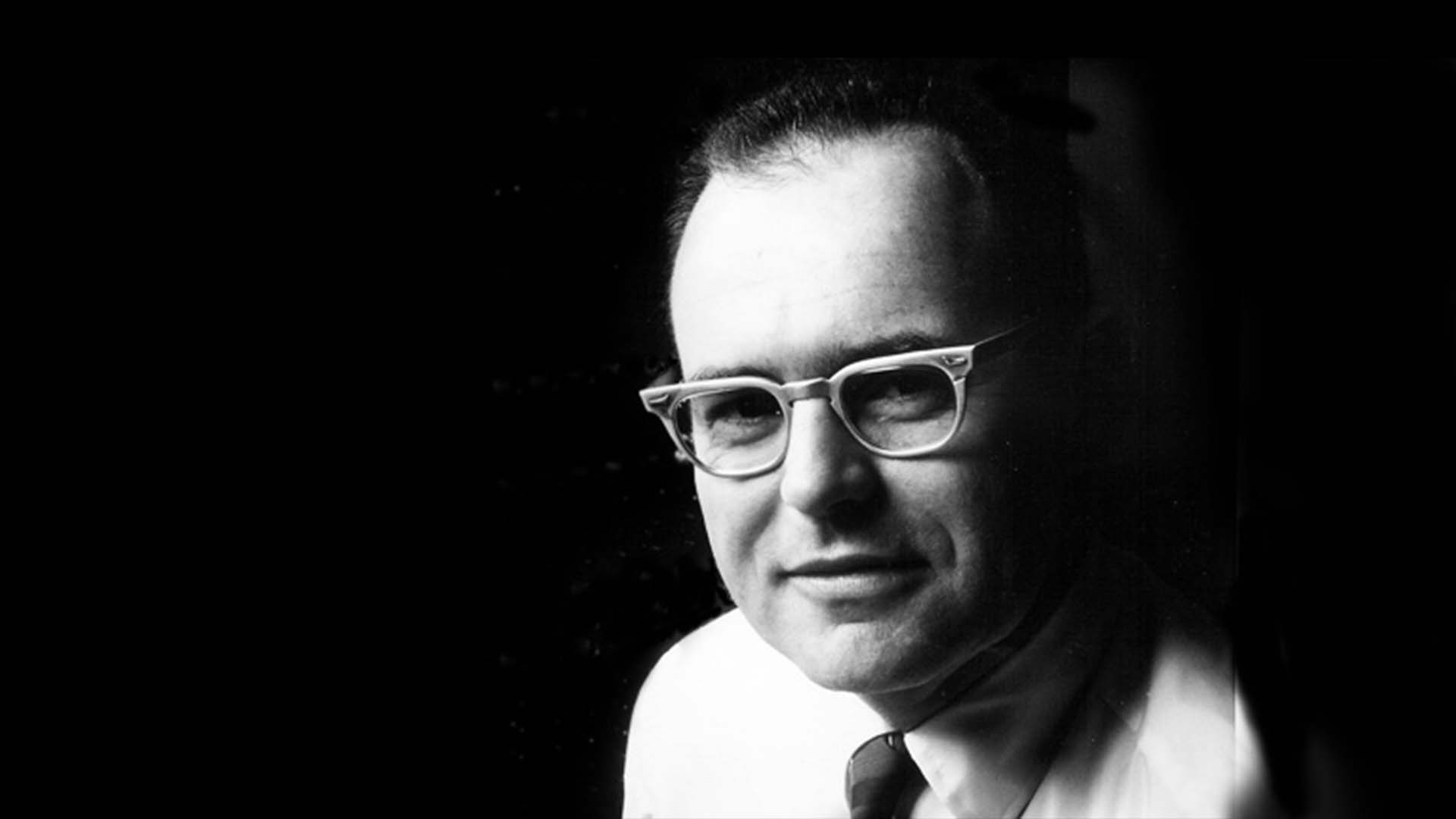
Intel founder Gordon Moore has died at the age of 94. The American pioneered the computer chip and microprocessor, making him one of the driving forces behind the digital revolution in the second half of the last century.
Gordon Moore, a visionary and pioneer in the field of electronics, has left an indelible mark on the industry. As a co-founder of both Fairchild Semiconductor and Intel Corporation, Moore played a significant role in developing the modern computing and semiconductor landscape. His most famous contribution, known as Moore’s Law, has been a driving force behind the rapid advancements in technology for more than half a century.

Moore’s Law, first proposed in 1965, states that the number of transistors on a microchip would double approximately every two years, leading to an exponential growth in computing power. This prediction not only held true for decades but also served as a guiding principle for the industry, pushing companies to innovate and invest in research and development continually.
Still valuable
In recent years, as we approach the physical limits of semiconductor manufacturing and face increased economic and technical challenges, Moore’s Law’s pace has slowed. However, its impact is still valuable in 2023. Moore’s Law has inspired a culture of relentless innovation, which has led to the development of new materials, architectures, and approaches to computing, such as quantum computing and neuromorphic computing.
While the traditional interpretation of Moore’s Law may no longer apply, the spirit of continuous improvement, adaptation, and innovation it has instilled in the electronics and computing industries remains alive and relevant. Gordon Moore’s contributions have been instrumental in shaping the digital world as we know it today, and his legacy will continue to inspire future generations of innovators.

Moore’s Law in photonics
While Moore’s Law was specifically formulated for the field of electronics, some parallels can be drawn to the field of photonics. Photonics deals with the generation, manipulation, and detection of light (photons) and has seen significant advancements in recent years, particularly in areas such as optical communication, sensing, and computing.
The growth and miniaturization in photonics don’t follow the same exponential trend as Moore’s Law, but there is a concept known as the “Optical Equivalent to Moore’s Law” or “Optical Moore’s Law.” This concept suggests that the capacity of optical communication systems doubles approximately every 18 months, driven by advances in optical components, modulation formats, and signal processing techniques.
However, it’s essential to note that the Optical Moore’s Law is not as universally applicable to all aspects of photonics as Moore’s Law is to electronics. The progress in photonics is influenced by various factors, such as material limitations, fabrication techniques, and the inherent properties of light. Therefore, while there are similarities in the growth trends and continuous improvement in both fields, the direct application of Moore’s Law to photonics is not entirely accurate.
Nonetheless, the spirit of innovation and rapid advancements seen in electronics, inspired by Moore’s Law, has also been a driving force in the field of photonics, enabling breakthroughs in communication, sensing, and computation technologies.
Moore’s Law guided ASML’s success
ASML, a Dutch multinational company specializing in photolithography systems, has been significantly influenced by Gordon Moore’s contributions to the semiconductor industry. While Moore himself was not directly involved with ASML, the growth and success of the company can be largely attributed to the trends set forth by Moore’s Law.
As the semiconductor industry strived to keep up with Moore’s Law, there was a growing demand for more advanced and precise manufacturing technologies. Photolithography, which is the process of printing intricate patterns on silicon wafers to create semiconductor devices, has been a critical enabling technology in this regard. ASML, being one of the leading suppliers of photolithography equipment, has played a vital role in advancing semiconductor manufacturing.
ASML’s cutting-edge machines, such as their extreme ultraviolet (EUV) lithography systems, have been essential in driving the miniaturization of semiconductor devices, thus allowing manufacturers to continue pushing the boundaries of performance and efficiency. The company’s success in developing and commercializing these advanced technologies can be seen as a direct result of the continuous innovation and demand for progress in the electronics industry, which was spurred by Moore’s Law.








